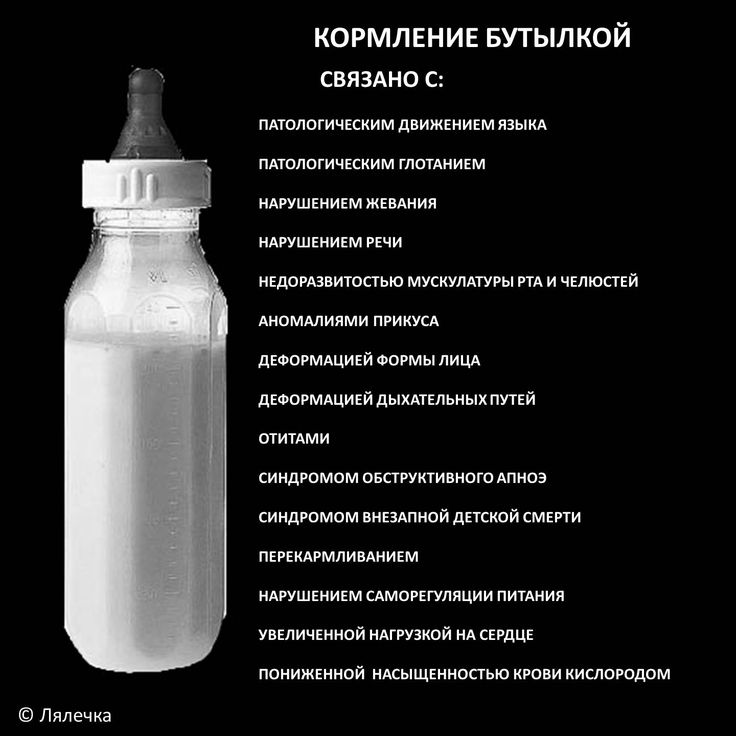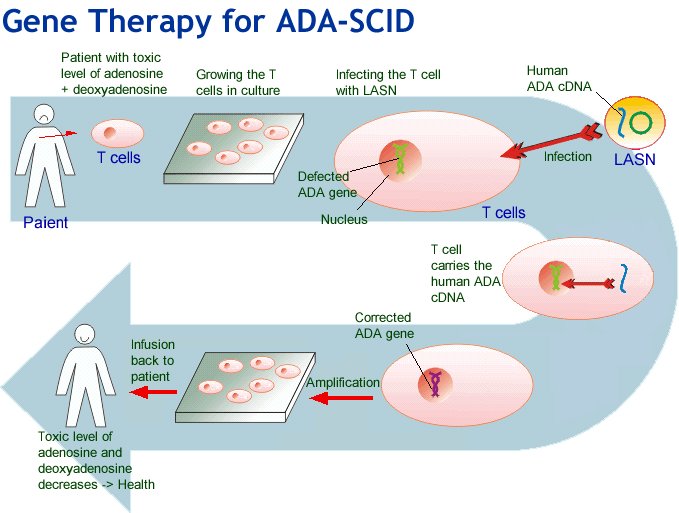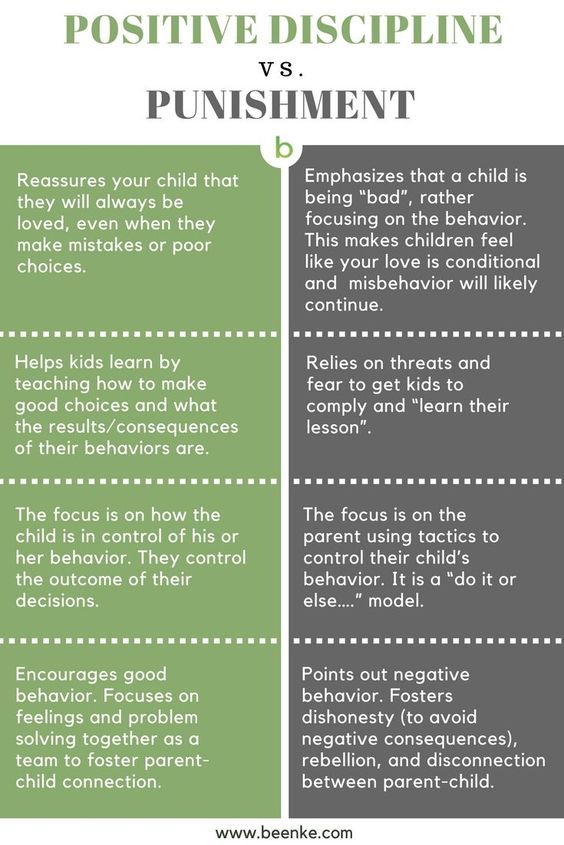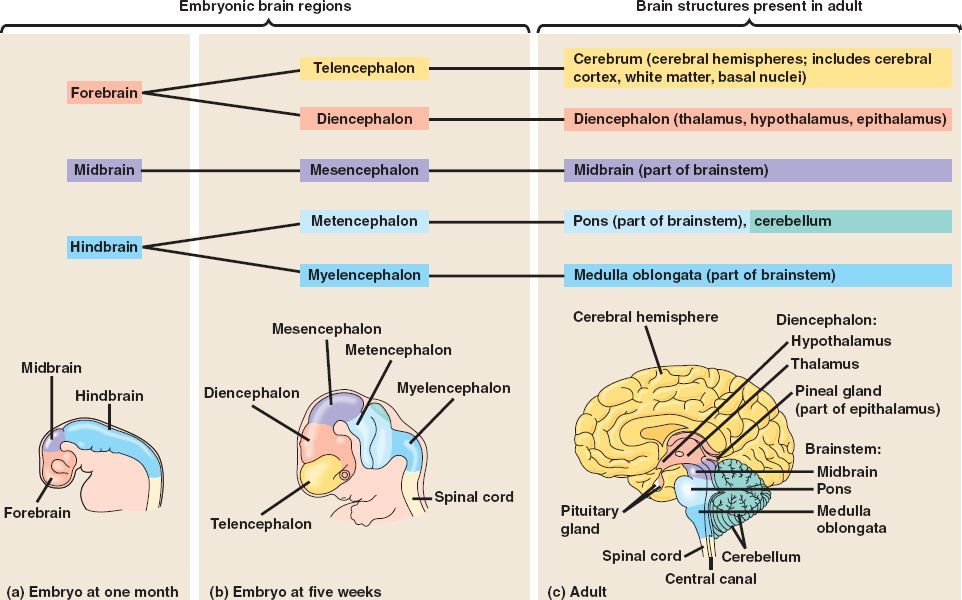How to teach small child
New skills for kids & behaviour management
Helping children learn new skills as part of behaviour management
When children can do the things they want or need to do, they’re more likely to cooperate. They’re also less likely to get frustrated and behave in challenging ways. This means that helping children learn new skills can be an important part of managing behaviour.
When children learn new skills, they also build independence, confidence and self-esteem. So helping children learn new skills can be an important part of supporting overall development too.
Here’s an example: if your child doesn’t know how to set the table, they might refuse to do it – because they can’t do it. But if you show your child how to set the table, they’re more likely to do it. They’ll also get a sense of achievement and feel good about helping to get your family meal ready.
There are 3 key ways you can help children learn everything from basic self-care to more complicated social skills:
- modelling
- instructions
- step by step.
Remember that skills take time to develop, and practice is important. But if you have any concerns about your child’s behaviour, development or ability to learn new skills, see your GP or your child and family health nurse.
When you’re helping your child learn a skill, you can use more than one teaching method at a time. For example, your child might find it easier to understand instructions if you also break down the skill or task into steps. Likewise, modelling might work better if you give instructions at the same time.
Modelling
Through watching you, your child learns what to do and how to do it. When this happens, you’re ‘modelling’.
Modelling is usually the most efficient way to help children learn a new skill. For example, you’re more likely to show rather than tell your child how to make a bed, sweep a floor or throw a ball.
Modelling can work for social skills. Prompting your child with phrases like ‘Thank you, Mum’, or ‘More please, Dad’ is an example of this.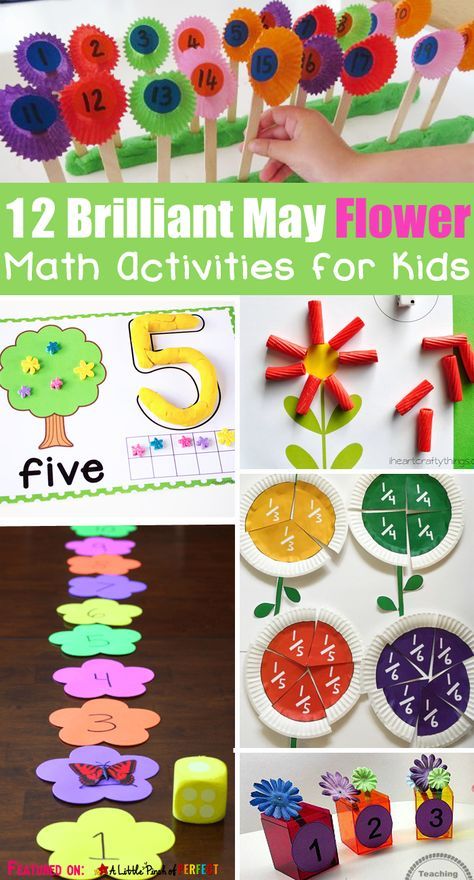
You can also use modelling to show your child skills and behaviour that involve non-verbal communication, like body language and tone of voice. For example, you can show how you turn to face people when you talk to them, or look them in the eyes and smile when you thank them.
Children also learn by watching other children. For example, your child might try new foods with other children at preschool even though they might not do this at home with you.
How to make modelling work well
- Get your child’s attention, and make sure your child is looking at you.
- Move slowly through the steps of the skill so that your child can clearly see what you’re doing.
- Point out the important parts of what you’re doing – for example, ‘See how I am …’. You might want to do this later if you’re modelling social skills like greeting a guest.
- Give your child plenty of opportunities to practise the skill once they’ve seen you do it – for example, ‘OK, now you have a go’.
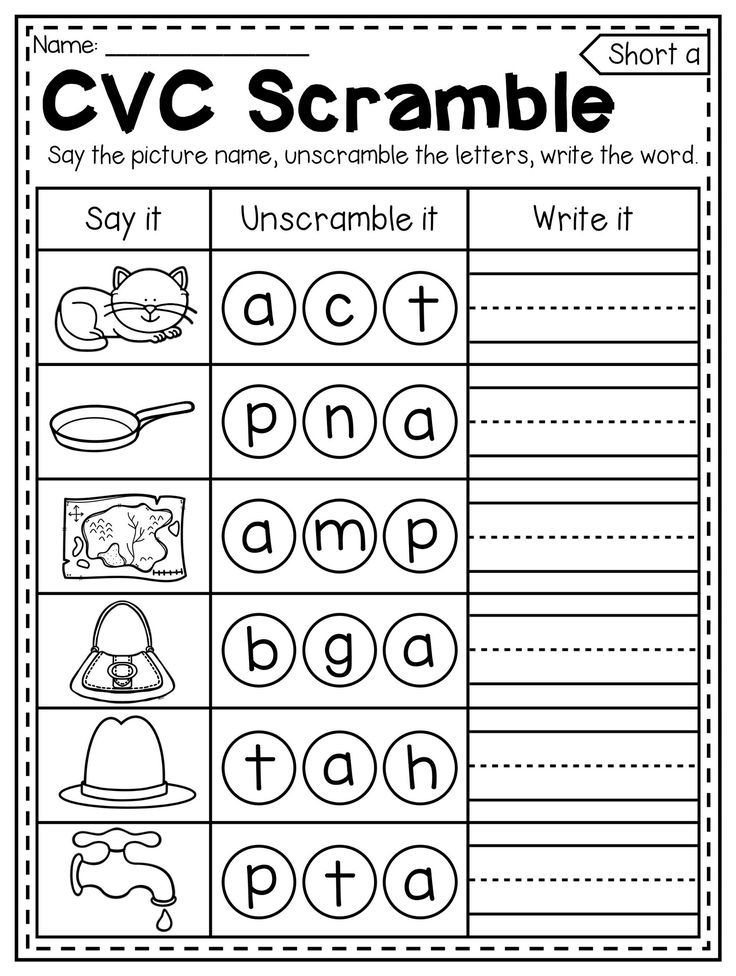
Instructions
You can help your child learn how to do something by explaining what to do or how to do it.
How to give good instructions
- Give instructions only when you have your child’s attention.
- Use your child’s name and encourage your child to look at you while you speak.
- Get down to your child’s physical level to speak.
- Remove any background distractions like the TV.
- Use language that your child understands. Keep your sentences short and simple.
- Use a clear, calm voice.
- Use gestures to emphasise things that you want your child to notice.
- Gradually phase out your instructions and reminders as your child gets better at remembering how to do the skill or task.
A picture that shows your child what to do can help them understand the instructions. Your child can check the picture when they’re ready to work through the instructions independently. This can also help children who have trouble understanding words.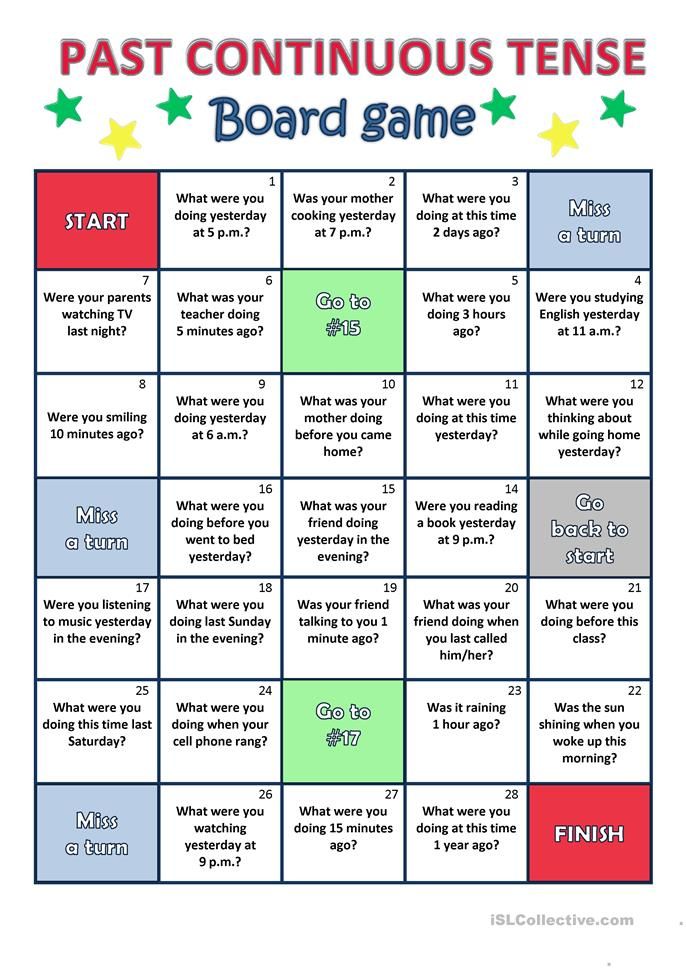
Sometimes your child won’t follow instructions. This can happen for many reasons. Your child might not understand. Your child might not have the skills to do what you ask every time. Or your child just might not want to do what you’re asking. You can help your child learn to cooperate by balancing instructions and requests.
Step-by-step guidance: breaking down tasks
Some skills or tasks are complicated or involve a sequence of actions. You can break these skills or tasks into smaller steps. The idea is to help children learn the steps that make up a skill or task, one at a time.
How to do step-by-step guidance
- Start with the easiest step if you can.
- Show your child the step, then let them try it.
- Give your child more help with the rest of the task or do it for them.
- Give your child opportunities to practise the step.
- When your child can do the step reliably and without your help, teach them the next step, and so on.

- Keep going until your child can do the whole skill or task for themselves.
An example of step-by-step guidance
Here’s how you could break down the task of getting dressed:
- Get clothes out.
- Put on underpants.
- Put on socks.
- Put on shirt.
- Put on pants.
- Put on a jumper.
You could break down each of these steps into parts as well. This can help if a task is complex or if your child has learning difficulties. For example, ‘Put on a jumper’ could be broken down like this:
- Face the jumper the right way.
- Pull the jumper over your head.
- Put one arm through.
- Put your other arm through.
- Pull the jumper down.
Forwards or backwards steps?
You can help your child learn steps by moving:
- forwards – teaching your child the first step, then the next step and so on
- backwards – helping your child with all the steps until the last step, then teaching the last step, then the second last step and so on.
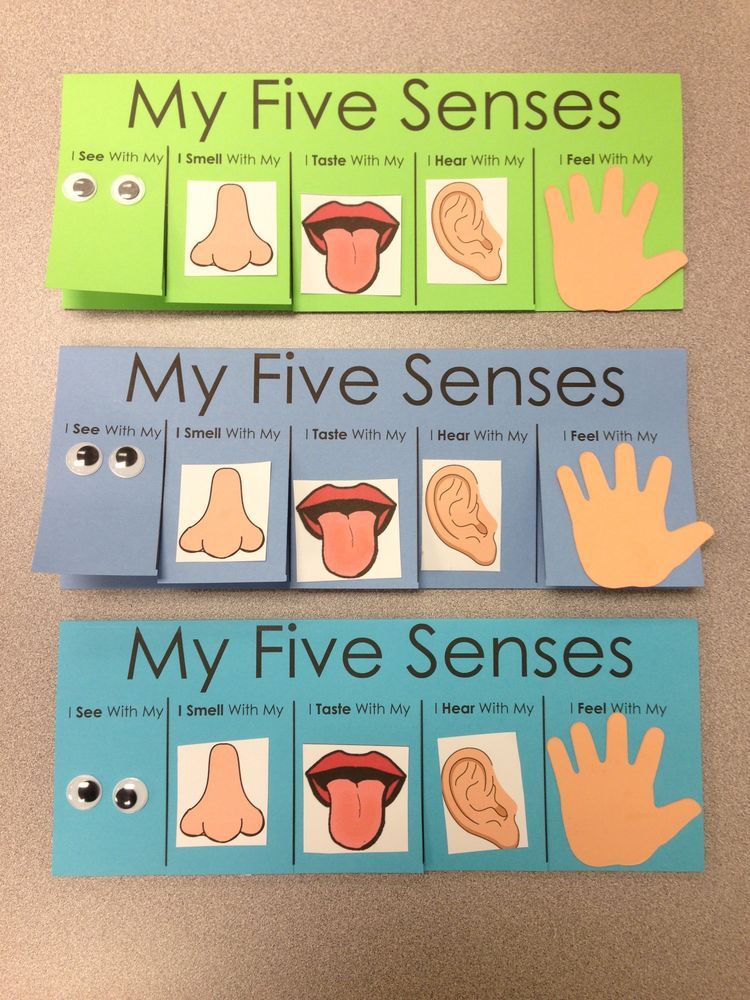
Learning backwards has some advantages. Your child is less likely to get frustrated because it’s easier and quicker to learn the last step. Also the task is finished as soon as your child completes the step. Often the most rewarding thing about a job or task is getting it finished!
In the earlier example, you might teach your child to get dressed by starting with a jumper. You’d help your child get dressed until it came to the final step – the jumper.
You might help your child put the jumper over their head and put their arms in – then you might let your child pull the jumper down by themselves. Once your child can do this, you might encourage your child to put their arms through by themselves and then pull the jumper down. This would go on until your child can do each step, so they can do the whole task for themselves.
When your child is learning a new physical skill like getting dressed, it can help to put your hands over your child’s hands and guide your child through the movements. Phase out your help as your child begins to get the idea, but keep saying what to do. Then simply point or gesture. When your child is confident with the skill, you can phase out gestures too.
Phase out your help as your child begins to get the idea, but keep saying what to do. Then simply point or gesture. When your child is confident with the skill, you can phase out gestures too.
Tips to help children learn new skills
No matter which of the methods you use, these tips will help your child learn new skills:
- Make sure that your child has the physical ability and developmental maturity to handle the new skill. You might need to teach your child some basic skills before working on more complicated skills.
- Consider timing and environment. Children learn better when they’re alert and focused, so it can be good to work on new skills in the morning or after rest time. It’s also good to avoid distractions, like the TV or younger siblings.
- Give your child the chance to practise the skill. Skills take time to learn, and the more your child practises, the better.
- Give lots of praise and encouragement, especially in the early stages of learning.
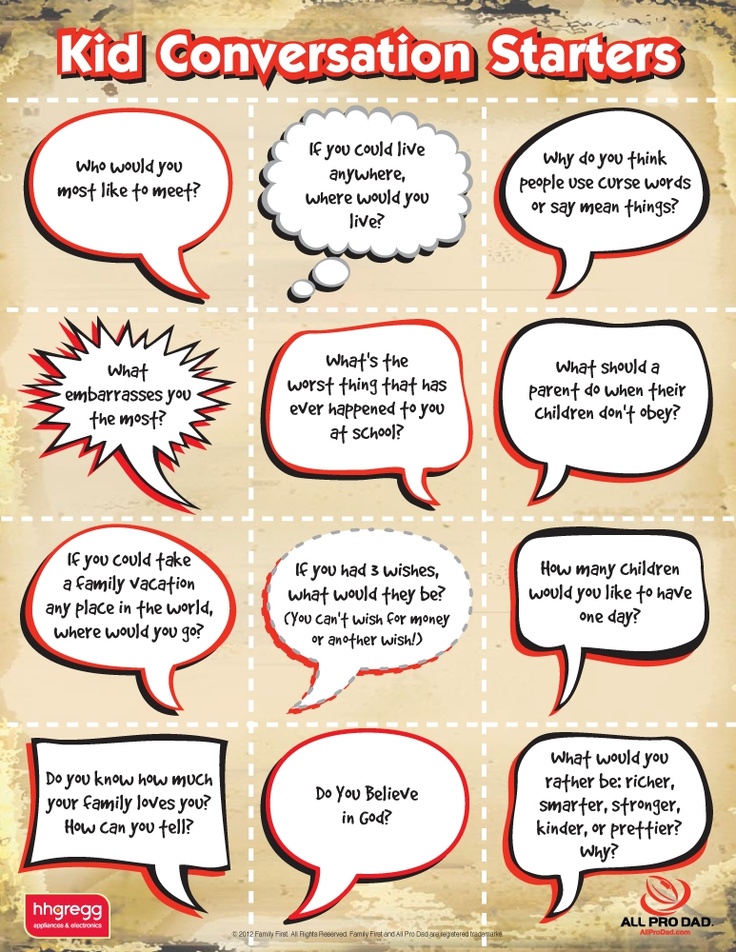 Praise your child when they follow your instruction, practise the skill or try hard, and say exactly what your child did well.
Praise your child when they follow your instruction, practise the skill or try hard, and say exactly what your child did well. - Avoid giving negative feedback. Rather than saying your child has done it ‘wrong’, use words and gestures to explain 1-2 things your child could do differently next time.
Remember that behaviour might get worse before it improves, especially if you’re asking more from your child. A positive and constructive approach can help – for example, ‘Well done for getting the knots on your laces right! Would you like to do the loops together today?’
Strategies Teachers Use to Help Kids Who Learn and Think Differently
Your child’s teachers may use a variety of teaching strategies in their classrooms. But do these strategies help kids who learn and think differently?
There’s no one way for teachers to deliver instruction to their students. However, some strategies are backed by research and are more effective than others.
These approaches and techniques can benefit all students. But they’re especially helpful to kids who learn and think differently. They can make a big difference in how well struggling students take in and work with information. (Some may even be used as formal accommodations in and .)
But they’re especially helpful to kids who learn and think differently. They can make a big difference in how well struggling students take in and work with information. (Some may even be used as formal accommodations in and .)
Explore topics selected by our experts
School supports
You may have heard of one or more of these strategies from your child’s classroom or special education teachers. If not, you can ask the teachers whether they use the strategies and how you might adapt them to use at home.
Here are six common teaching strategies. Learn more about what they are and how they can help kids who learn and think differently.
1. Wait time
“Wait time” (or “think time”) is a three- to seven-second pause after a teacher says something or asks a question. Instead of calling on the first students who raise their hand, the teacher will stop and wait.
This strategy can help with the following issues:
- Slow processing speed: For kids who process slowly, it may feel as though a teacher’s questions come at rapid-fire speed.
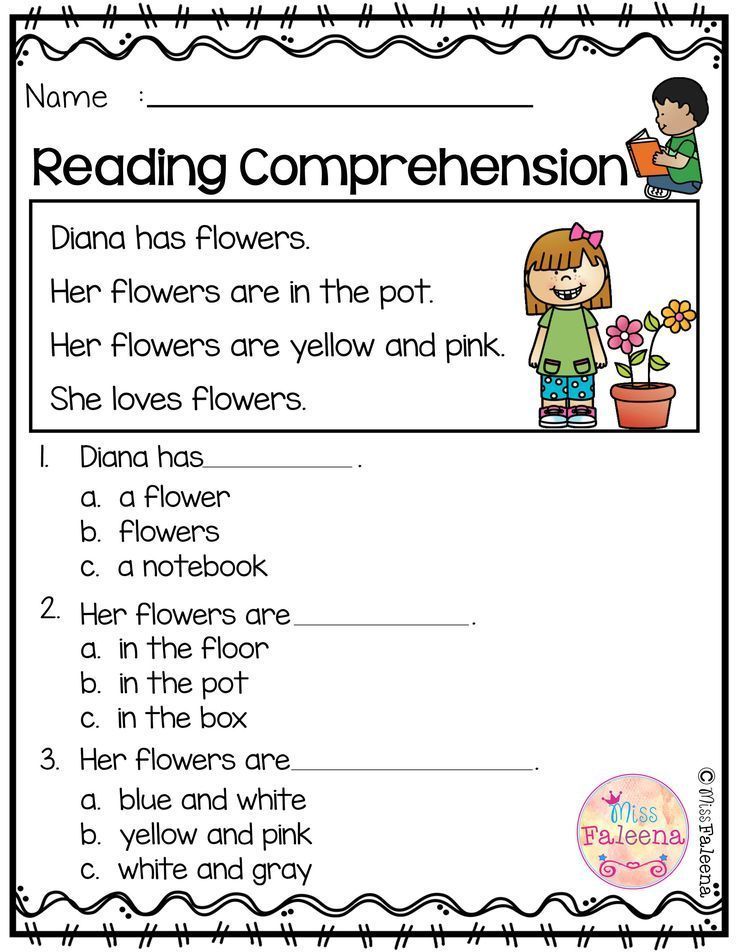 “Wait time” allows kids to understand what the teacher asked and to think of a response.
“Wait time” allows kids to understand what the teacher asked and to think of a response. - ADHD: Kids with ADHD can benefit from wait time for the same reason. They have more time to think instead of calling out the first answer that comes to mind.
2. Multisensory instruction
Multisensory instruction is a way of teaching that engages more than one sense at a time. A teacher might help kids learn information using touch, movement, sight and hearing.
This way of teaching can help with these issues:
- Dyslexia: Many programs for struggling readers use multisensory strategies. Teachers might have students use their fingers to tap out each sound in a word, for example. Or students might draw a word in the air using their arm.
- Dyscalculia: Multisensory instruction is helpful in math, too. Teachers often use hands-on tools like blocks and drawings. These tools help kids to “see” math concepts. Adding 2 + 2 is more concrete when you combine four blocks in front of you.
 You may hear teachers refer to these tools as manipulatives.
You may hear teachers refer to these tools as manipulatives. - Dysgraphia: Teachers also use multisensory instruction for handwriting struggles. For instance, students use the sense of touch when they write on “bumpy” paper.
- ADHD: Multisensory instruction can help with different ADHD symptoms. That’s especially true if the technique involves movement. Being able to move can help kids burn excess energy. Movement can also help kids focus and retain new information.
3. Modeling
Most kids don’t learn simply by being told what to do. Teachers use a strategy called “I Do, We Do, You Do” to model a skill. The teacher will show how to do something (“I do”), such as how to do a math problem. Next, the teacher will invite kids to do a problem with the teacher (“we do”). Then, kids will try a math problem on their own (“you do”).
This strategy can help with these issues:
- All learning and thinking differences: When used correctly, I Do, We Do, You Do can benefit all learners.
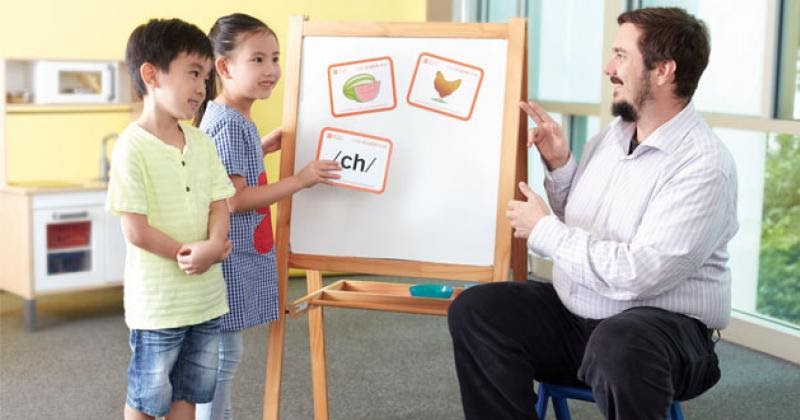 That’s because a teacher can provide support during each phase. However, teachers must know what support to provide. They also need to know when students understand a concept well enough to work on their own. Think of it like riding a bike: The teacher needs to know when to take off the training wheels.
That’s because a teacher can provide support during each phase. However, teachers must know what support to provide. They also need to know when students understand a concept well enough to work on their own. Think of it like riding a bike: The teacher needs to know when to take off the training wheels.
4. Graphic organizers
Graphic organizers are visual tools. They show information or the connection between ideas. They also help kids organize what they’ve learned or what they have to do. Teachers use these tools to “scaffold,” or provide support around, the learning process for struggling learners. (It’s the same idea as when workers put up scaffolding to help construct a building.)
There are many different kinds of graphic organizers, such as Venn diagrams and flow charts. They can be especially helpful with these issues:
- Dyscalculia: In math, graphic organizers can help kids break down math problems into steps. Kids can also use them to learn or review math concepts.
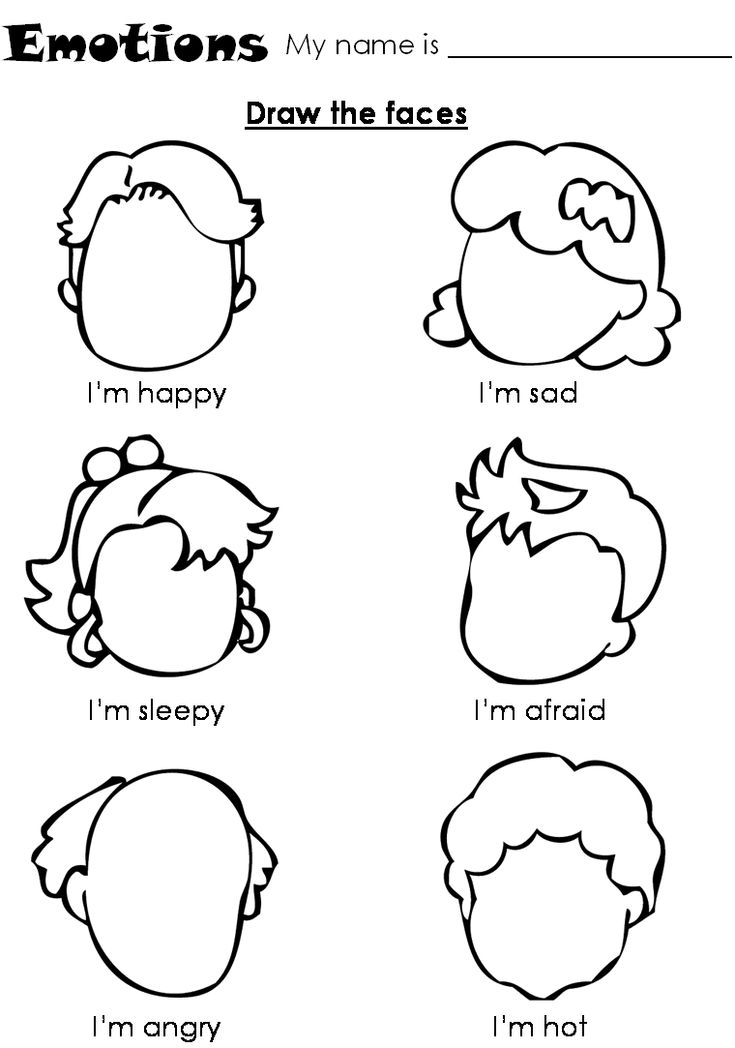
- Dysgraphia: Teachers often use graphic organizers when they teach writing. Graphic organizers help kids plan their ideas and writing. Some also provide write-on lines to help kids space their words.
- Executive functioning issues: Kids with weak executive skills can use these tools to organize information and plan their work. Graphic organizers can help kids condense their thoughts into short statements. This is useful for kids who often struggle to find the most important idea when taking notes.
5. One-on-one and small group instruction
One strategy that teachers use is to vary the size of the group they teach to. Some lessons are taught to the whole class. Others are better for a small group of students or one student. Learning in a small group or one-on-one can be very helpful to kids with learning and thinking differences.
Some kids are placed in small groups because of their IEPs or an intervention. But that’s not always the case.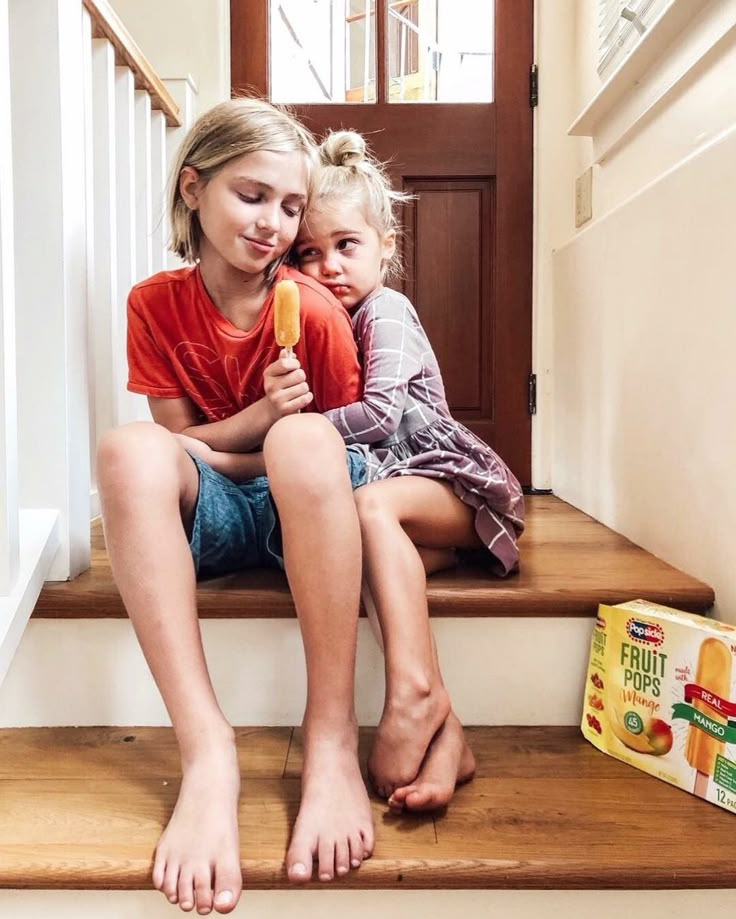 Teachers often meet with small groups or one student as a way to differentiate instruction. This means that they tailor the lesson to the needs of the student.
Teachers often meet with small groups or one student as a way to differentiate instruction. This means that they tailor the lesson to the needs of the student.
This strategy helps with:
- Dyslexia: Students with dyslexia frequently meet in small group settings for reading. In the general classroom, teachers often work with a small group of kids at the same reading level or to focus on a specific skill. They might also meet because kids have a common interest in a book.
- Dyscalculia: For kids with dyscalculia, teachers gather one or more students to practice skills that some students (but not the whole class) need extra help with.
- Dysgraphia: In many classrooms, teachers hold “writing conferences.” They meet with students one-on-one to talk about their progress with what they’re writing. For students with dysgraphia, a teacher can use this opportunity to check in and focus on specific skills for that student.
- ADHD and executive functioning issues: This type of instruction often takes place in settings with fewer distractions.
 The teacher can also help students stay on task and learn skills like self-monitoring.
The teacher can also help students stay on task and learn skills like self-monitoring. - Slow processing speed: Teachers can adjust the pace of instruction to give students the time they need to take in and respond to information. In these groups, teachers can focus on the priorities of the lesson so students have the time to grasp the most important concepts. Being in a focused setting may also help decrease the anxiety students feel in whole-class lessons.
6. Universal Design for Learning (UDL) strategies
UDL is a type of teaching that gives all students flexible ways to learn and succeed. UDL strategies allow kids to access materials, engage with them and show what they know in different ways. There are many examples of how these strategies help kids who learn and think differently.
- ADHD: UDL allows students to work in flexible learning environments. For students who struggle with inattention and distractibility, a teacher might allow a student to work in a quiet space away from the class.
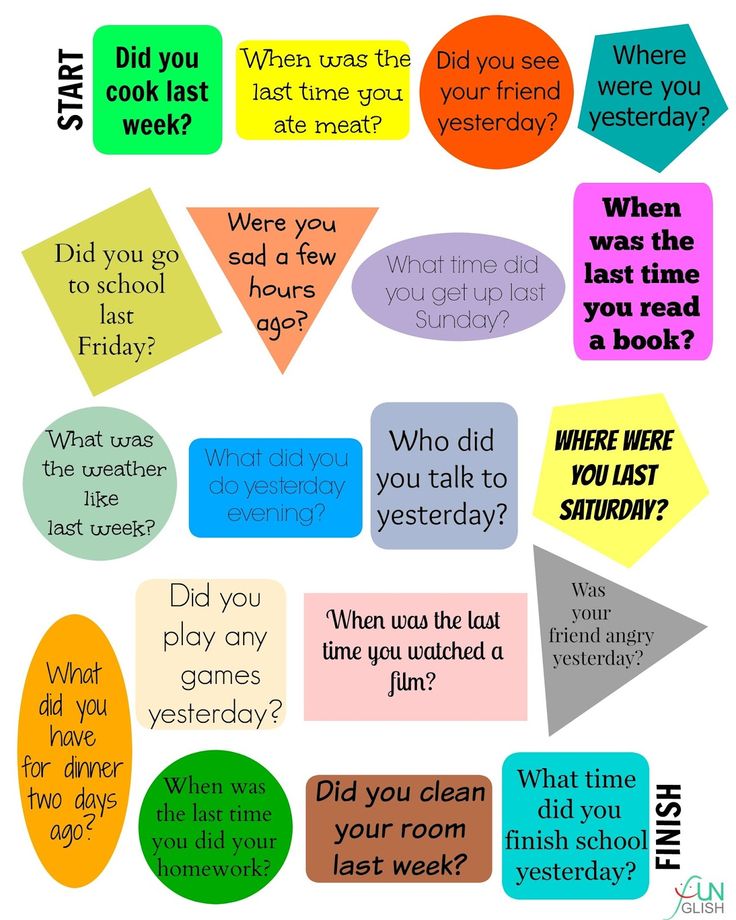 Or the student may want to wear earbuds or headphones.
Or the student may want to wear earbuds or headphones. - Executive functioning issues: Following directions can be tough for kids with executive functioning issues. One UDL strategy is to give directions in more than one format. For instance, a teacher might give directions out loud and write them on the board.
- Dyslexia: When teachers follow UDL principles, they present information in many different ways. For instance, instead of telling students they must read a book, they would be invited to listen to an audiobook. This removes a barrier for students who struggle with reading.
- Dysgraphia: One UDL strategy is to give assignment choices. Kids with dysgraphia may struggle to show how much they know about history by writing an essay. But they may shine when delivering a presentation or acting out a historical skit.
To learn more about any of these teaching strategies, talk with your child’s teacher. Ask which strategies they use, whether they are evidence-based and how you might use them at home.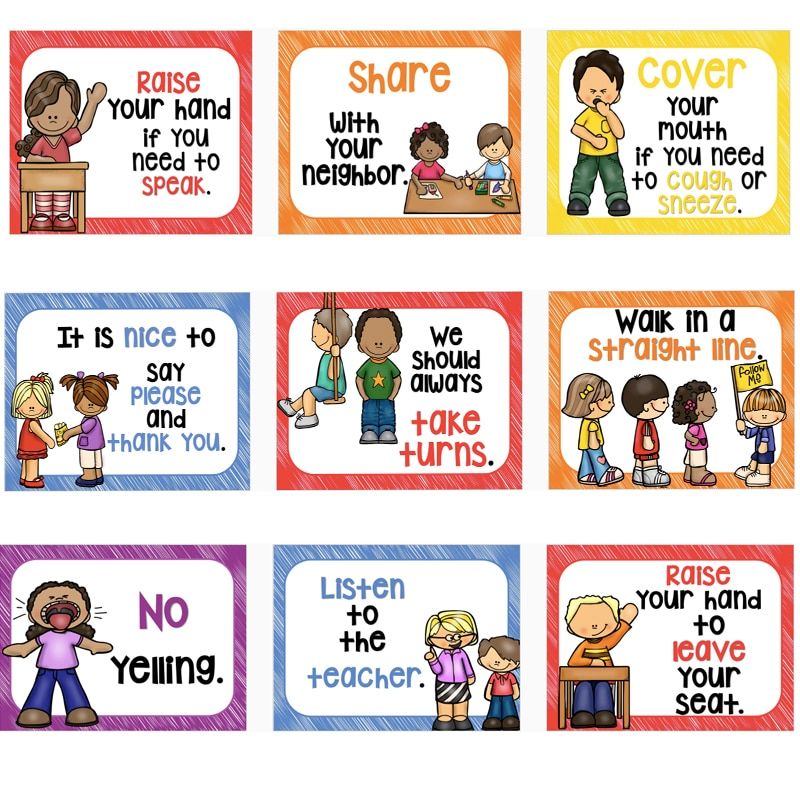
Key takeaways
Some teaching strategies may be part of a child’s IEP or 504 plan.
The strategies aim to give kids needed support as they learn.
Talk with your child’s teachers about the strategies they use.
Related topics
School supports
How to teach a child to speak: methods, games and exercises
The formation of a child's speech occurs long before he begins to speak on his own. From a very early age, the baby perceives the speech of adults, imitates it, and subsequently relies on the acquired experience. Speech development is not a process that can be left to chance - and in this article you will find out why.
Contents of the article:
- Stages of speech development
- 10 ways to teach your child to talk at home
- Exercises and games for the development of speech
- General tips
- When you need specialist help
- Conclusion
Stages of speech development
The formation of speech occurs gradually, starting from birth.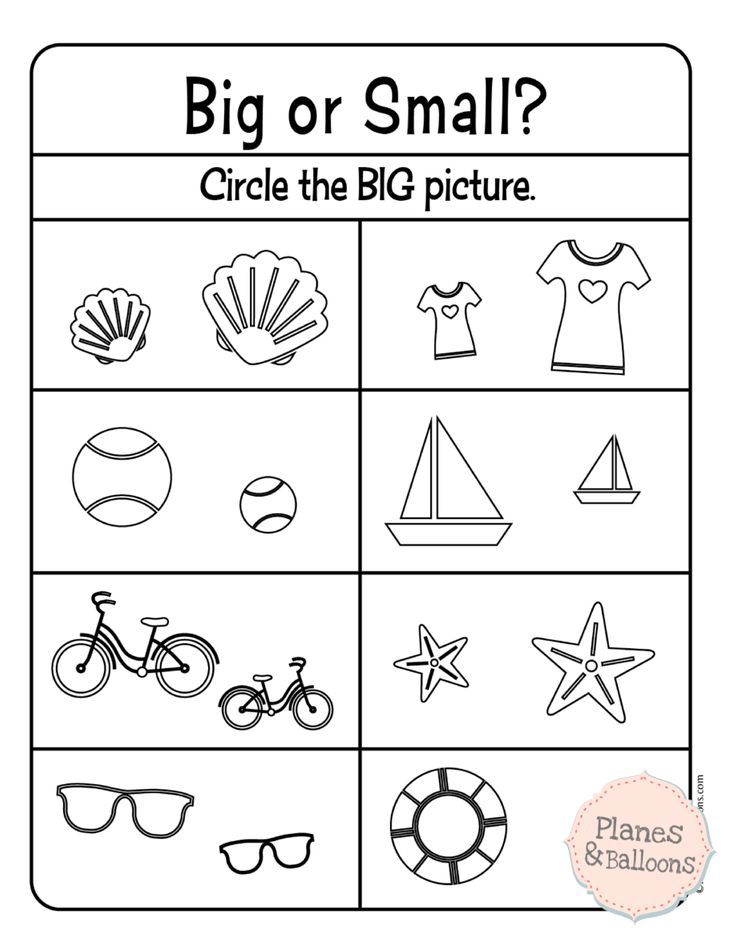 Knowing the approximate stages of speech development at each age, it is much easier to determine the presence of signs of a lag.
Knowing the approximate stages of speech development at each age, it is much easier to determine the presence of signs of a lag.
- From 0 to 6 months. The baby actively listens to the speech of adults, tries to reproduce the sounds that he still perceives as a melody. He already distinguishes the voices of people who are talking to him. First, the baby masters vowel sounds, and already closer to the age of one and a half months, the consonant sounds “g”, “k”, “x” appear, thanks to which the child begins to “walk”.
- 6 to 12 months. At this age, the child often imitates the sounds of adult speech. Pronounces separate syllables, for example "ma-ma", "babbles". By the end of the first year of life, the first words and sentences appear. Vocabulary ranges from 2-3 to 20 words, most of which are nouns.
- 1 year. In a year, speech becomes active and becomes a means of interaction with adults. Together with the ability to move independently, the child accumulates knowledge about the world around him and replenishes his vocabulary, which at this age is 300-400 words.
 Pronunciation adapts to itself, skipping or replacing complex combinations of sounds.
Pronunciation adapts to itself, skipping or replacing complex combinations of sounds. - 2 years. By the age of two, phrasal speech is formed. At this time, the child is able to formulate a sentence of 2-3 words. Gradually, grammatical categories are mastered, such as number, gender, case. The vocabulary reaches up to 700 units.
- 3 years. Children of this age actively communicate with adults and peers, but still with the help of simple sentences. A three-year-old child masters the basic laws of the language and, on their basis, invents his own words. This process is called "word-creation" and signals the normal development of the child's speech. Vocabulary - up to 1000 words.
- 4 years. In the fifth year of life, the child "hones" the acquired skills, replenishes the active and passive vocabulary, which is approximately 2000 words. As they grow older, the child begins to pronounce all the sounds of his native language clearly and clearly.
- By the age of 5, it is considered normal if the child has mastered all aspects of the language and is fluent in speech.
 If not, this is a reason to immediately contact a specialist.
If not, this is a reason to immediately contact a specialist.
10 ways to teach your child to talk at home
- The most effective and basic way is to talk to your child as often and as much as possible. Pediatricians recommend communicating with the child even before he is born. The speech of an adult should be expressive, as babies perceive it on an emotional level. It is possible to teach a child to speak at 1 year old by abandoning sign language and completely switching to verbal communication. Use short and clear sentences, do not distort words. Speak in such a way that the child can observe the movements of the lips and try to independently apply them to his speech.
- Develop fine motor skills. Stimulation of nerve endings on the fingers has a positive effect on the development of speech.
 Any exercises that involve the motor skills of small muscles are suitable for this method: sorting through cereals, playing with massage balls, stringing beads on a string. (You can link to an article about developing fine motor skills by writing, for example, "Learn more here.") Fine motor skills classes will help to teach a two-year-old child to speak as early as possible.
Any exercises that involve the motor skills of small muscles are suitable for this method: sorting through cereals, playing with massage balls, stringing beads on a string. (You can link to an article about developing fine motor skills by writing, for example, "Learn more here.") Fine motor skills classes will help to teach a two-year-old child to speak as early as possible. - Expand vocabulary. At home, on the street, in a store, in nature, show and call the child the names of the surrounding objects. To his questions in an accessible language, explain the meaning of certain objects, trying not to overload the child's brain with complex terms. This is a natural and inexpensive way to quickly teach your child to speak at 2 years old.
- Read books. Children love to look at bright, colorful pictures. Read a book to your child, while pointing at the characters, for example, a bun, a fox, a hare. Simultaneous visual and auditory perception will help you remember words faster and learn how to pronounce them.
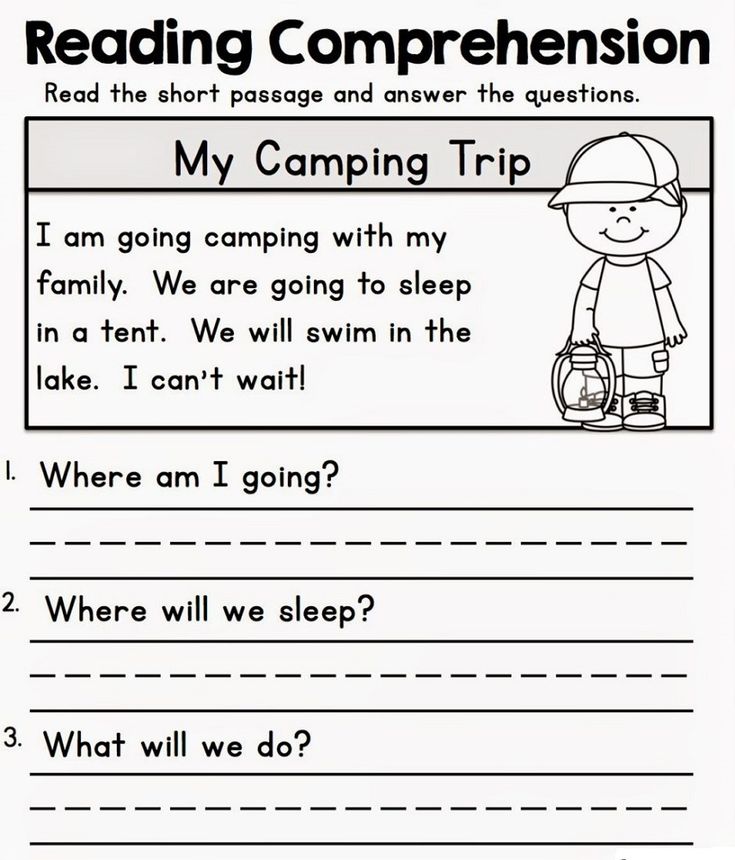 Set aside time for this activity each day to develop this healthy habit in your child.
Set aside time for this activity each day to develop this healthy habit in your child. - Sing songs. As much as books, children love songs. Sing along with your child his favorite songs, learn new songs that he will like. In addition to stimulating the speech apparatus, you will provide both yourself and your baby with a good mood.
- Not understanding sign language. If your child often uses gestures, replacing words with them, you need to stimulate him to the opposite. Once again, when the baby points his finger at something, pretend that you do not understand him. Try to start a dialogue by asking leading questions, but do not bring the child to hysteria if he is not yet ready for this way of communication.
- Take by cunning. When reading a well-known book, intentionally replace words, for example: "I'll sit on a stump, eat a pot (instead of" a pie ")". This technique will inspire your child to listen carefully to the speech, so that next time they can tell you how to do it right.
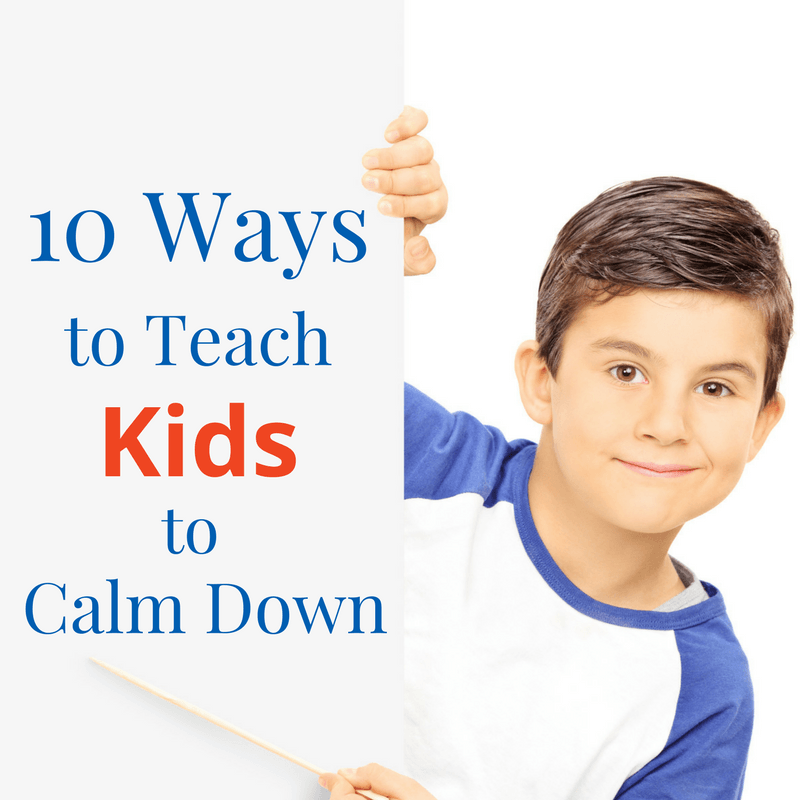 The method is perfect for teaching a child to speak at 3 years old, since by this age children are actively interested in literary works.
The method is perfect for teaching a child to speak at 3 years old, since by this age children are actively interested in literary works. - Repeat one after another. As a game, repeat the syllables that he says after the baby, and then offer your own version. The child will be happy to join this activity and will try to give out even more new syllables.
- Remove distractions. An incessantly running TV or computer with cartoons will drown out any of your attempts to enter into a dialogue. The child needs to hear the lively, clean, correct speech of an adult. To teach a child to speak at 4 years old, you should adhere to the time limits for watching cartoons.
- Show attention. Drop everything when the child comes up to you to tell you something interesting. Listen carefully, ask questions, be surprised and show your interest in every possible way. This will stimulate the desire to share with you everything that comes to mind and that you want to tell. Mutual dialogue is possible and necessary even with a small child, because it will help you quickly learn to talk.
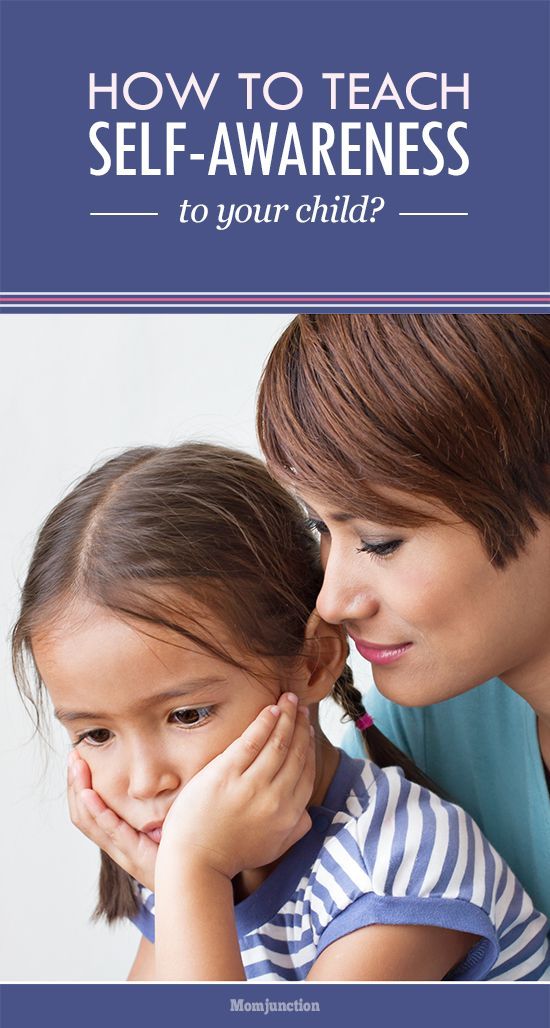
Exercises and games for the development of speech
Finger games
Favorite activity for all kids. Aimed at the development of fine motor skills and, as a result, the formation of speech. Learn small rhymes with your child, for example, "Magpie Crow." Connect finger movements that your baby will be happy to repeat. Such games improve fine motor skills and help to teach the child to speak correctly.
Articulation exercises
The small muscles of the mouth in childhood need to be trained, as they may not be sufficiently developed. To strengthen them, daily articulation exercises are required. Sit with your child at the mirror to control the correct execution of the exercises. Follow the movements of the lips and tongue, showing the child an example for his independent work.
Exercises for the development of speech breathing
It is important to teach a child to breathe correctly, starting from the moment of his speech development.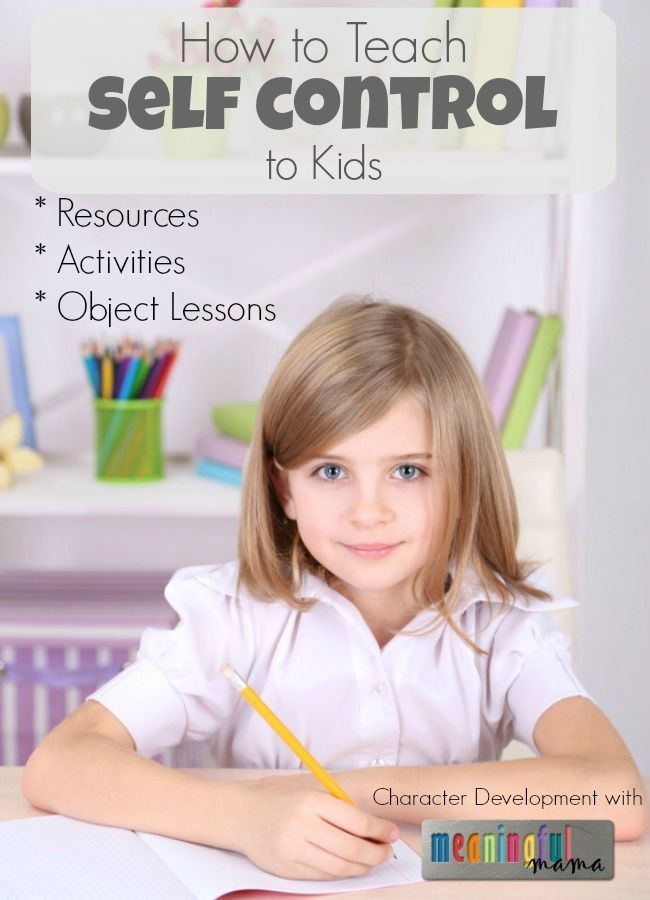 The air released by us during the pronunciation of speech is the source of sound. Many simple and easily accessible exercises are aimed at developing breathing, for example: blow on a dandelion, inflate a balloon, blow soap bubbles.
The air released by us during the pronunciation of speech is the source of sound. Many simple and easily accessible exercises are aimed at developing breathing, for example: blow on a dandelion, inflate a balloon, blow soap bubbles.
Music games
You can teach your child to speak with the help of music games. When children sing, the assimilation of sounds, syllables and, ultimately, words is easier for them. Musical games can be organized in several variations: with musical instruments (spoons, drum), songs with onomatopoeia of animals, songs with the simultaneous execution of simple movements.
Didactic games
There are a huge number of games and methods using didactic material. And almost all of them can be applied to the development of speech. The game "Magic Bag" is great for developing speech skills. Rules of the game: in the bag there are objects of various shapes and sizes. The child is invited to feel to choose an object and describe it.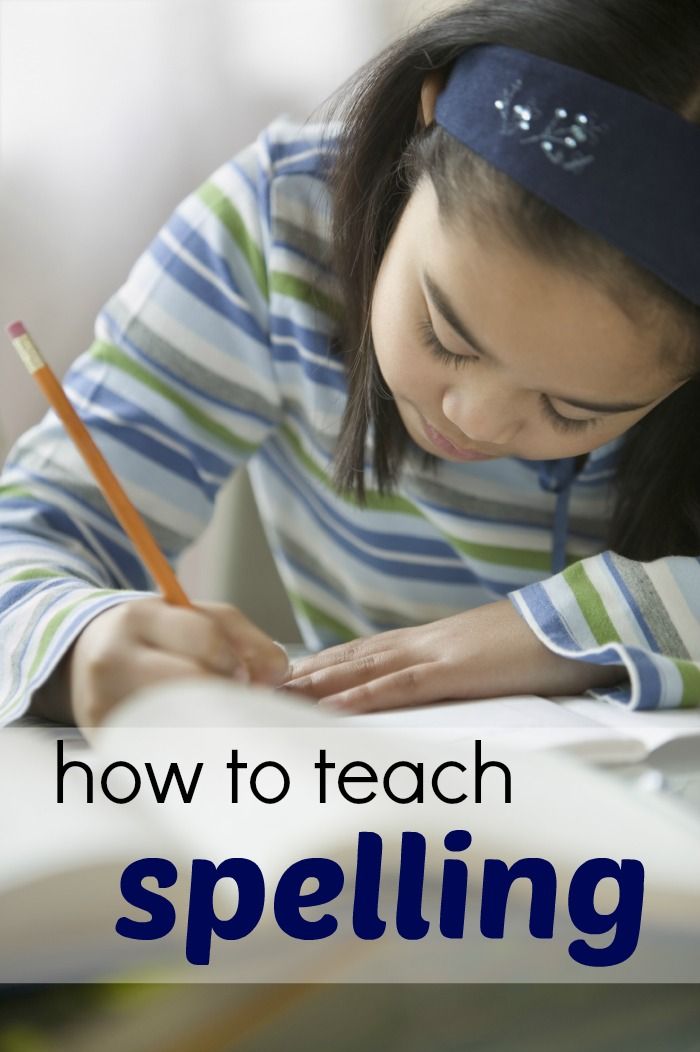 Pronunciation of the signs of an object reinforces speech, and also helps in the formation of initial mathematical concepts.
Pronunciation of the signs of an object reinforces speech, and also helps in the formation of initial mathematical concepts.
General advice
In the development of a child's speech, it is important to be guided by the general principle "Do no harm". It must be remembered that each child develops according to his own individual model and it does not always adapt to the described stages of development. We recommend adhering to principles that apply in general to the entire process of raising and developing children.
- The principle of play form. For a child of preschool age, the leading activity is the game. The more interesting the lesson is built, the more involved the child will be in it. Don't force me to play. Get interested instead.
- The principle of mutual dialogue. Talking to children is not a waste of time, as it might seem at first glance. Bring the child to a dialogue, keep up a conversation with him, tell and listen carefully. Communication is the most effective way to teach a child to speak early.
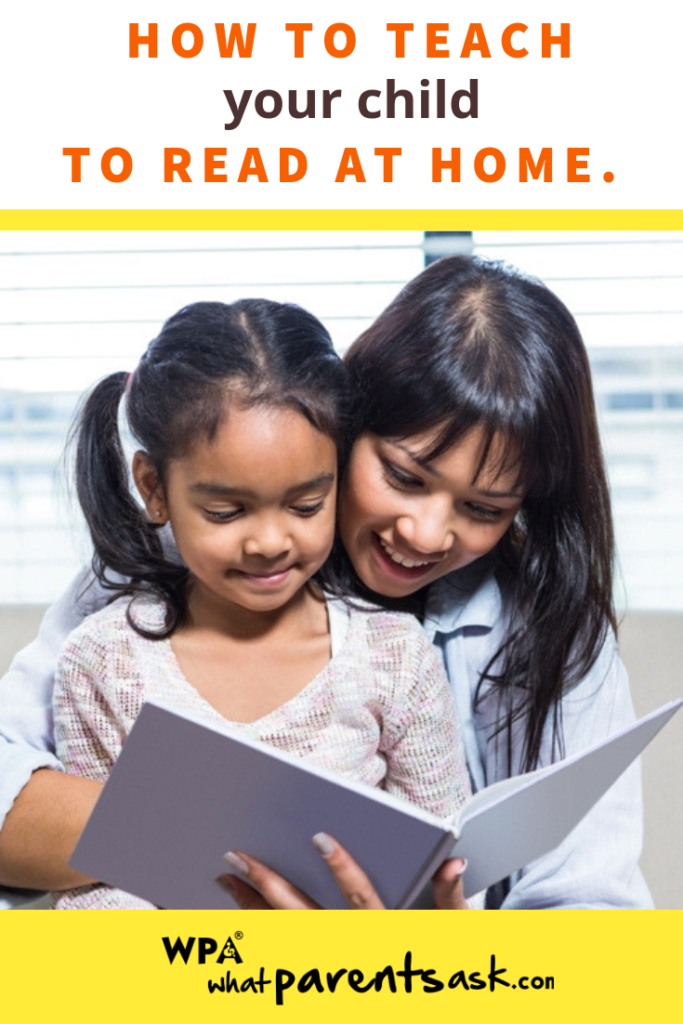
- Problem acceptance principle. It is difficult to admit to oneself that the child has any problems. However, the sooner you start working on the bugs, the faster you will get the result. Do not be afraid to turn to professionals if you see that independent work does not bear fruit.
- The principle of accepting individuality. Your child is already a separate person, even if he is just starting to stand on his feet. You should not compare him with peers who are already telling poems with might and main. Instead of criticizing, praise every achievement of your child and then he will definitely speak.
When the help of specialists is needed
When a problem is discovered and the right ways to solve it will help prevent further lagging behind the child.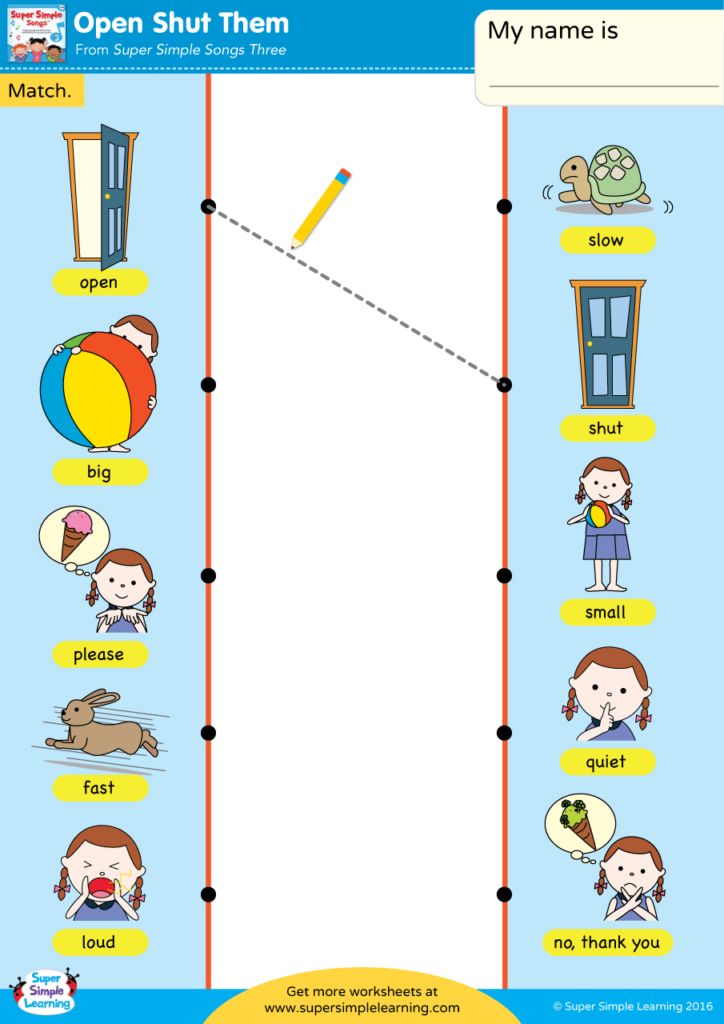 It is necessary to be patient, aim for a positive result and give your child a chance to painlessly enter the social world and learn to exist in it.
It is necessary to be patient, aim for a positive result and give your child a chance to painlessly enter the social world and learn to exist in it.
Reasons to start working on the development of speech together with a speech therapist, neurologist and other specialists:
- after 8 months the baby does not respond to calls to him;
- nasal voice appears;
- there is not enough air to complete the phrase;
- during a conversation there is increased salivation;
- at 2 years old, the child speaks only in syllables;
- at 3 years old, the child still tends to speak only in simple words;
- at the age of 4, the sense of syllable was not developed and the words were distorted.
Conclusion
Children's development centers "Baby Club" have been helping parents in the development of children since 2000. Our mission is the harmonious development of the child and his formation as an independent person.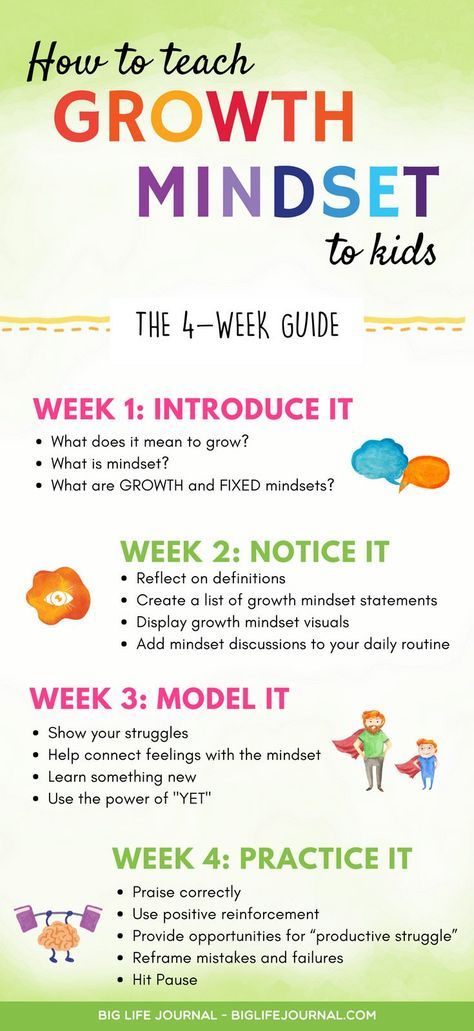
Baby club teachers will find an individual approach to your baby. And a rich environment and a children's team will help the child quickly enter society and start talking. Contact our centers, because preventing a problem is easier than dealing with its consequences.
How to teach a child to speak - Lifehacker
June 18, 2019 Likbez Adviсe
It is necessary to talk with a baby from the first days of life.
Why seizing the moment is important
Children develop language skills much earlier than many parents realize. A month before birth, a child can already distinguish between different languages by rhythm. And fundamental knowledge about the structure, melody and intonations of native speech is laid in the first months of life.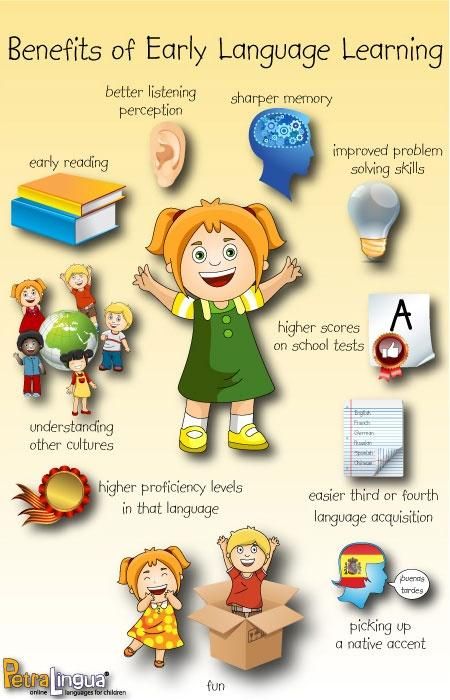
By talking to your child, you are not just shaking the air, but building the foundation for his success in the future. Children with whom their parents did not talk much, by the age of two, may lag behind their peers in development by about six months. The more words a baby hears in the first three years of life, the higher his IQ and chances of getting good grades in school will be.
Conclusion: talk to the child as often as possible, even if he is not yet able to answer. Be actively involved in his language education, taking into account age characteristics. And remember: the Internet, YouTube videos, and even scientific TV programs cannot replace human interaction.
How to teach a child to speak from birth to 3 months
What a child learns
- Recognize sounds and associate them with certain lip movements. Barely born, the baby already knows how to recognize the voice of the mother. The child begins to listen to the surrounding ocean of unfamiliar sounds and learns to extract meaning from it.
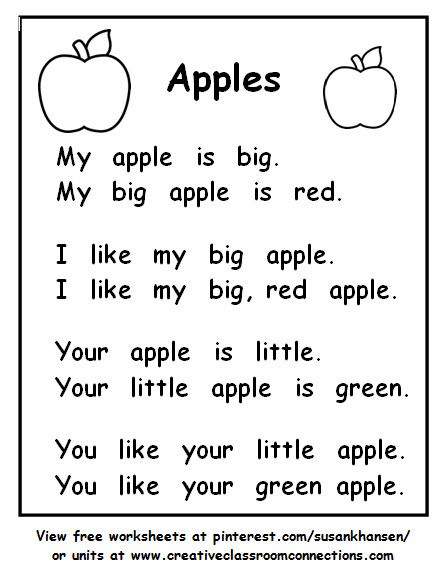
- Walk and coo. Various combinations of vowels "a", "y", "s" and consonants "g" and "m" are the first things parents hear from a baby, except for crying, screaming and groaning. Usually, babies are drawn to talking when they are full and happy with life. Agukaya, babies, among other things, develop facial muscles that will later help them produce more complex sounds.
How you can help
- Sing, tell rhymes and sayings. Moreover, it is possible even before birth: the child begins to hear already at the 16th week of intrauterine development. So it will be easier for a new person to understand the rhythm of the language.
- Speak softly and melodiously. Adults intuitively communicate with the baby in a more subtle and melodious voice, stretching the vowels. And it is right. Various studies show that this style attracts babies, helps them learn the language and develop social skills.
- Maintain silence. Toddlers need time to play with their voice and not be distracted by TV sound, music, and other noises.

When to worry
If after three months the baby is still not cooing, it makes sense to consult a pediatrician, neurologist and ENT specialist.
How to teach a child to speak from 3 to 6 months
What a child learns
- Respond to your name. By six months, most babies know their names. In addition, they respond to some familiar words like "mom" and "dad."
- Recognize intonation. The kid is sensitive to how they are addressed - he smiles in response to a gentle voice and may cry when he hears a rude tone.
- Imitate the speech of adults. The baby adopts the tone, rhythm and pace of the speech that he hears.
- Build more complex chains of sounds. This is no longer a monosyllabic coo, but the overflow of vowels, which speech therapists call a flute.
How you can help
- Play Who's This? Bring the baby to the mirror and ask: "Who is this?" Then say the child's name.
- Master the art of talking to children.
 In English, there is the concept of baby talk - a conversation focused on kids. In Russian, we often call this process lisping, thereby belittling its significance. Meanwhile, by playing along with the baby, you help him learn the language faster. In the future, it will be easier for the child to learn more complex words. Here are some baby talk techniques:
In English, there is the concept of baby talk - a conversation focused on kids. In Russian, we often call this process lisping, thereby belittling its significance. Meanwhile, by playing along with the baby, you help him learn the language faster. In the future, it will be easier for the child to learn more complex words. Here are some baby talk techniques: - Child imitation: adults do not pronounce certain sounds.
- Replacement of pronouns with nouns. We ask: “Does Anya want to go for a walk?” instead of "Do you want to go out?".
- Simplification of words and constructions to “wawa”, “dude” and “Fu, what a!”.
- Use of melodious intonations and diminutive suffixes.
Baby talk helps children feel parental love, creates a sense of comfort and security.
When to worry
At six months, the baby does not laugh, does not pay attention to new sounds.
How to teach a child to speak from 6 to 9 months
What the child is learning
- Recognize short phrases in context.
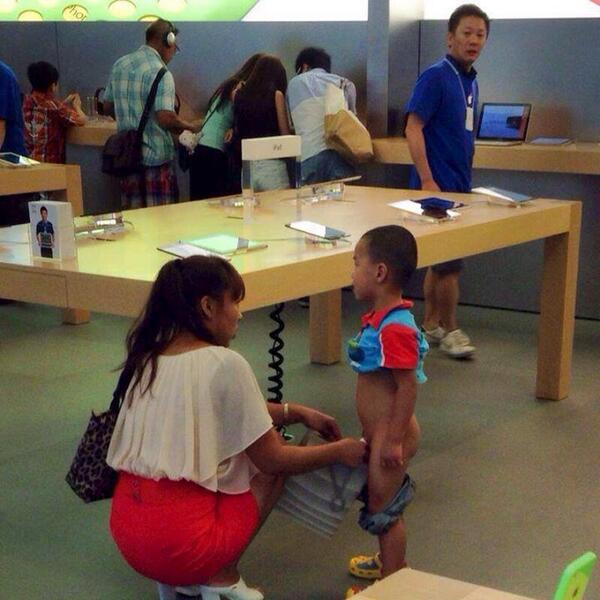 For example, he may wave his hand in response to your: “Bye-bye!”
For example, he may wave his hand in response to your: “Bye-bye!” - Babbling. The talker with manic persistence repeats the syllables “ba-ba-ba”, “pa-pa-pa”, “ma-ma-ma”, “da-da-da”, “ta-ta-ta”, “ka-ka -ka" and "ha-ha-ha". Some adults perceive baby talk as conscious speech, and argue which word the baby said first - “dad” or “mother”. Although he simply pleases his hearing and trains his speech apparatus.
- Express emotions. In the babbling of a baby, one can discern pleasure or, conversely, grumpy notes.
How you can help
- Play sound games. Repeat the syllables the child says. Say different sounds and short words yourself so that the baby can imitate you.
- Show how to speak. “Work with your face” - it is important that the little one sees how you reproduce sounds. There is also such a technique: when you say something, put a child's hand to your lips so that the child feels their movement.
When to worry
The kid does not imitate the intonations of adults, does not respond to his name, mutters rarely and monotonously.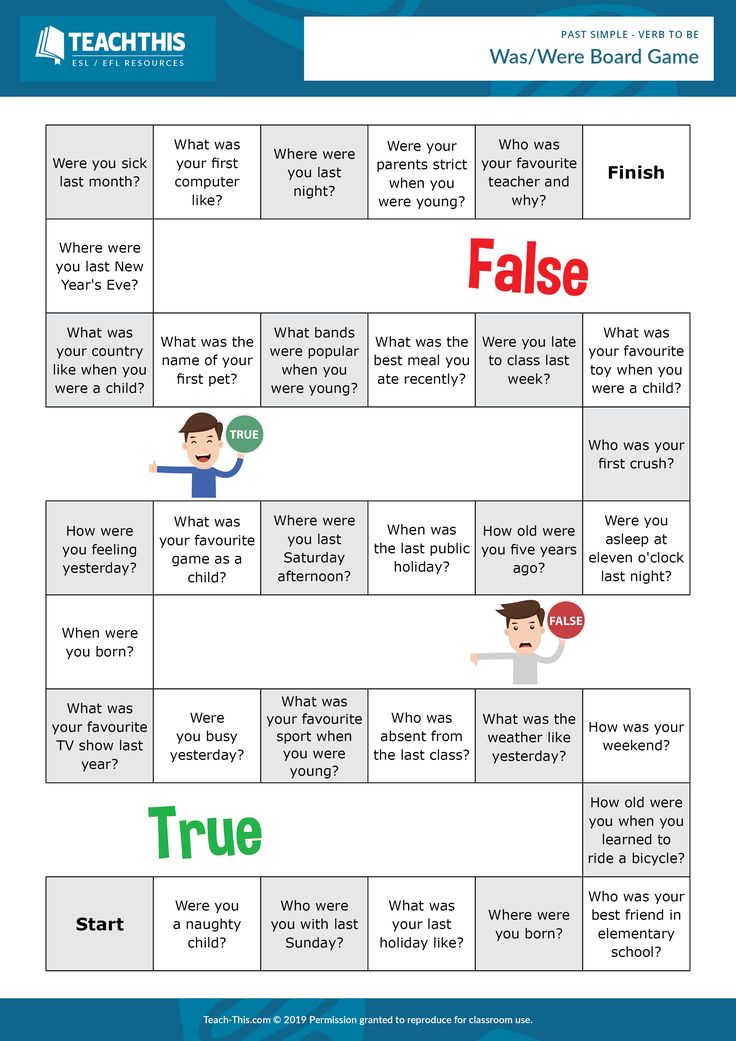
How to teach a child to speak from 9 months to a year
What a child is learning
- Understand short phrases, point to objects that you name. At this age, babies understand much more than they can say.
- Say the first meaningful words. One-year-old butuzes, as a rule, confidently say a few words, including the necessary for survival "mom", "dad", "give". Vocabulary can vary from two or three to 20 words, and 80% of them are nouns.
How you can help
- Comment on what you are doing. If you want the baby to quickly call you mom or dad consciously, explain to him what you are doing at the moment. “Mom drinks coffee”, “Dad goes to the store”, “Mom works”. Ideally, if your day is full of events - the more diverse the situation, the more new words the future speaker will learn.
- Tell us what and how it is called - parts of the body, objects. Say the names of relatives and friends. Complicate the phrases over time.
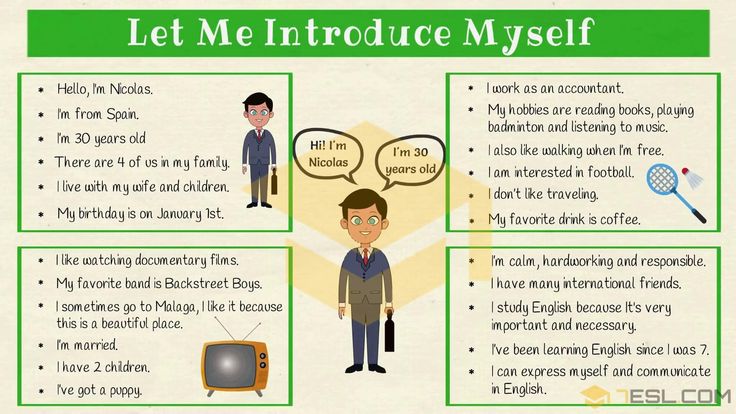 From "Look, cat!" go to "Look, black cat!". If the child tries to repeat after you, support his efforts: name the object again and again.
From "Look, cat!" go to "Look, black cat!". If the child tries to repeat after you, support his efforts: name the object again and again. - Continue to practice baby talk. When communicating with children aged nine months to one year and nine months, it is still useful to use baby words like “lyalya” and “kisya”. Stretching vowels is also recommended - for example, when you ask: "How are you?" So the baby learns to speak faster.
- Read books with large bright pictures. Name the objects and ask the child to show them in the picture.
- Help develop articulation. Build faces, make faces, show your tongue - in a variety of ways provoke the baby to do exercises for the muscles of the face.
- Refuse the pacifier. Babies who still suckle a pacifier after a year are more likely to have trouble articulating sounds made in the front of their mouths, like "p", "b", "t", "d", and "s".
When to worry
At the age of one to one year and three months, the child still does not say "mom" and "dad", cannot point to the object in the picture.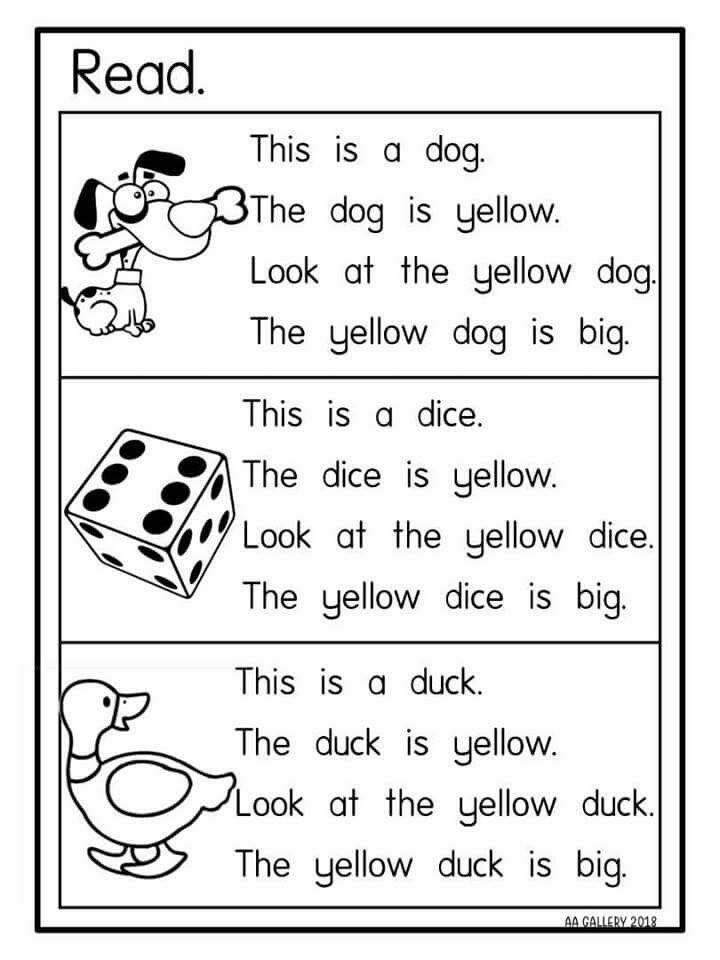
How to teach a child to speak from one to two years old
What a child learns
- Say "No!". If the baby does not want to eat porridge, he is already able to shake his head and refuse.
- Build the first simple phrases. The child is still doing well with simplifications: “Here is uk” instead of “There is an onion here”, “De ba?” instead of "Where and why did grandma go?".
- Memorize many new words. During this period, most children experience the so-called lexical explosion. More verbs and other parts of speech appear in speech, and the vocabulary increases to 300–400 words by the age of two. But it's okay if your child starts chattering a little later - after two.
How you can help
- Use more new words and engage your baby in dialogue. Studies have shown that the more often parents communicate with a child in the period from one and a half to two years, the better his IQ and linguistic skills in adolescence.
 It is especially important that the baby responds to you.
It is especially important that the baby responds to you. - Act like you have a problem with sign language. Sometimes the baby is just too lazy to say the words. Why, if you can point a finger. Pretend you don't understand him. Ask to speak in words. At a minimum, try to build a conversation: “Do you want more tea? With sugar or without? Is it really delicious?"
- Encourage attempts to speak. Even if you really don't understand what the child is trying to say, don't give up. Offer options, ask again if you understood everything correctly. And no irritation! Only love and infinite patience.
- Ask for help. For example, let him put a cup on the table or bring you an apple.
Richard N. Aslin
professor of cognitive science, specialist in speech development and comprehension in children
New words are not easy for young children to learn. They need to coordinate more than a hundred muscles of the vocal tract. For its development it is useful to blow soap bubbles.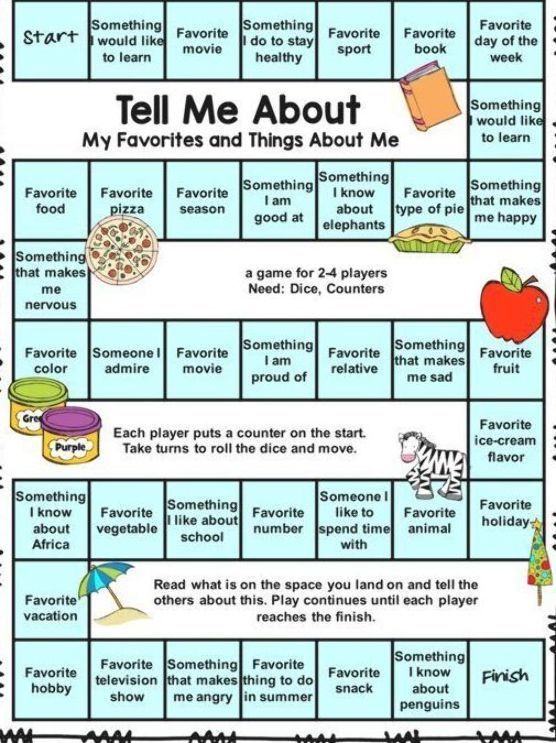
When to worry
At the age of one and a half, the baby does not listen to the conversations of others and does not speak conscious words.
A two-year-old cannot repeat after adults, even if the word is pronounced several times. He does not answer simple questions and prefers to communicate with gestures. This is an occasion to visit a speech therapist for the first time.
How to teach a child to speak from 2 to 3 years old
What a child is learning
- Follow the development of the plot. The kid is already able to perceive a story 5-10 minutes long.
- Use abstract concepts. He already knows what it is now, what it is like to be sad, and the more different from the less.
- Build multi-word phrases. After two years, the baby masters participles and prepositions, and a little later - unions and pronouns. By the age of three, the vocabulary reaches 250-700 words, and the length of phrases is 5-8 words.
How you can help
- Ask questions.
 Many and different - about the size, quantity, color, intentions. It is important that the baby could not answer in monosyllables - “yes” or “no”. “Look, what fat worms! How many are there? Where do you think they're going?"
Many and different - about the size, quantity, color, intentions. It is important that the baby could not answer in monosyllables - “yes” or “no”. “Look, what fat worms! How many are there? Where do you think they're going?" - Use more complex sentences. Don't limit yourself to short sentences. Speech with subordinate clauses, participles and adverbs, adjectives and adverbs will help the child master the structure of the language.
Erica Hoff
professor of psychology, author of Language Development
Children cannot learn what they do not hear.
- Read every day. And talk about what you read.
- Learn children's songs. This will make it easier for your child to memorize new words. In addition, singing helps the development of the speech apparatus.
- Develop fine motor skills. The parts of the brain responsible for it and for the development of speech are very close. Working with one of them, you affect the other. Modeling from plasticine, stringing beads on a rope, mosaic - everything goes into the piggy bank of eloquence.




